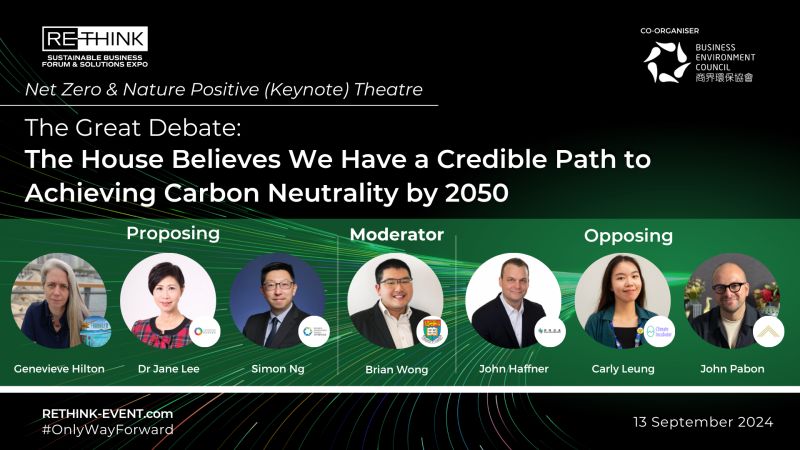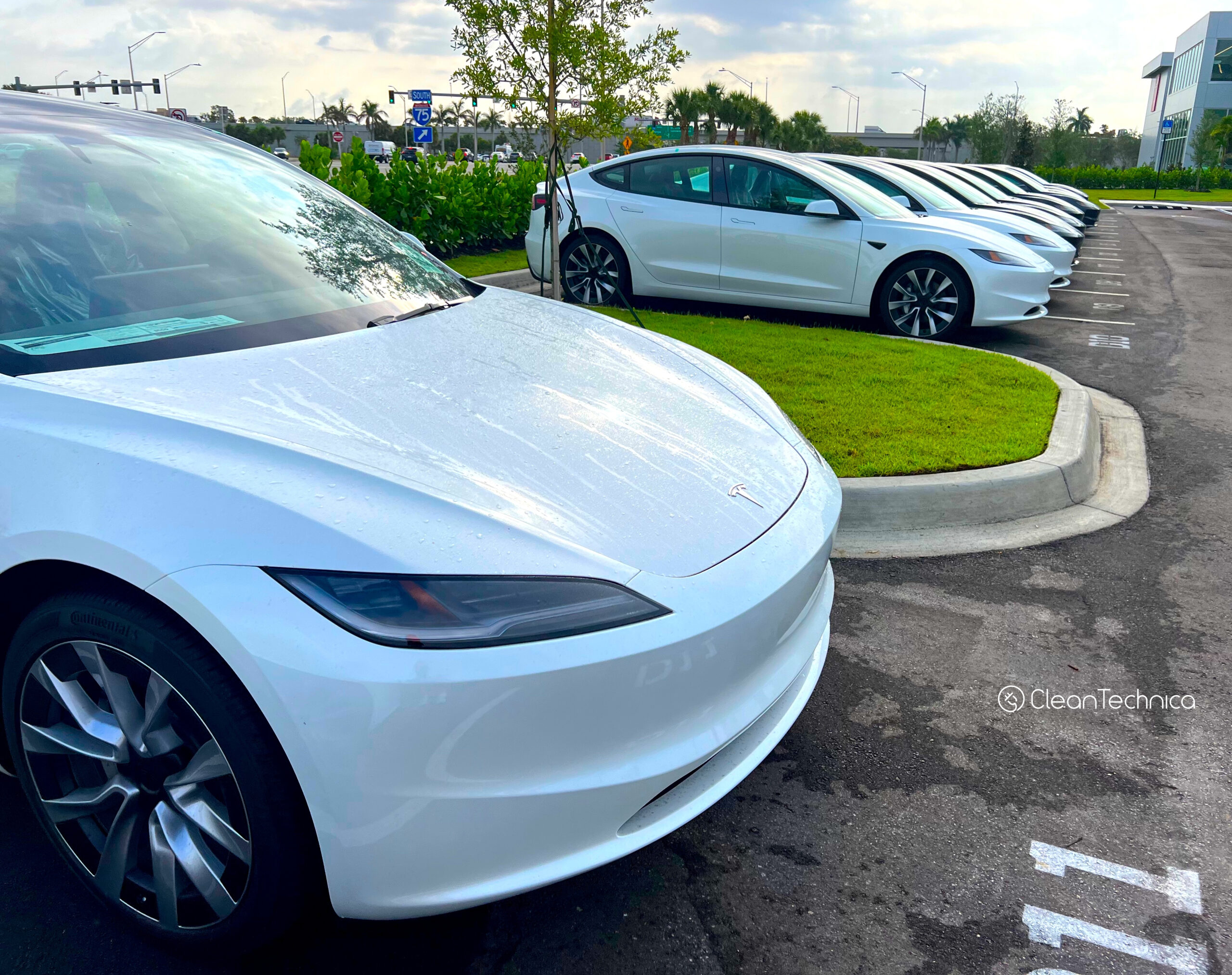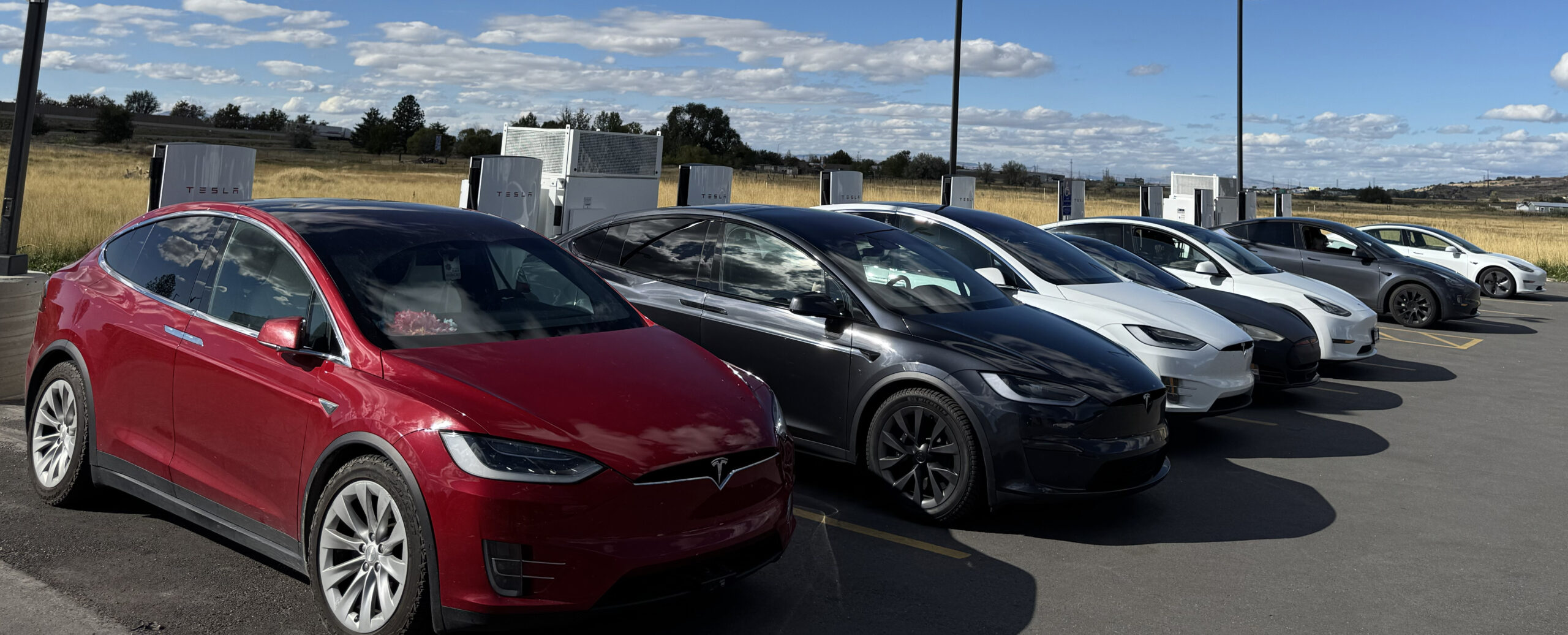Sign up for daily news updates from CleanTechnica on email. Or follow us on Google News!
Recently John Haffner, responsible for sustainability at Hong Kong’s US$1.4 billion annual revenue Hang Lung Property Group, reached out to me. ReThink HK, which bills itself as Hong Kong’s best-attended and most ambitious business event for sustainable development, was hosting a debate he would be part of in front of some subset of the roughly 10,000 attendees.

The debate frame was “The House Believes We Have a Credible Path to Achieving Carbon Neutrality by 2050.” Knowing my track record of assessing climate and hydrogen plans, Haffner asked if I had a perspective on Hong Kong’s in the run-up to the event, possibly with the hope of gaining some pithy quote or eye-popping statistic to use in his remarks.
I was curious enough and easily distracted enough from whatever I was doing to have a quick look at the climate and hydrogen plans. The curiosity came in part because not only is Hong Kong a storied city, but at one point the firm I was working for was considering whether I would be useful in a role there after my Singapore time. Sadly no, but that didn’t stop me from setting my sank-without-a-trace climate fiction novel there. (As a fiction writer, apparently I write great non-fiction.) Subsequently, I spent some time with CLP, Hong Kong’s utility, talking about their mainland pumped hydro facility and long-duration energy storage in general.
As noted, this was a skim, not a deep analysis, but it’s a fair assessment, I think. I started with Hong Kong’s Climate Action Plan 2050. Some negatives leapt out.
A focus of the plan is waste-to-energy. Most of the energy in municipal waste is plastics, so waste-to-energy solutions have very high emissions full lifecycle, an average of 400 to 600 kilograms of CO2-equivalent (CO2e) per megawatt-hour (MWh) generated. That’s the same levels as natural gas. While these facilities help reduce landfill waste, their emissions are significantly higher than renewable energy sources like wind and solar, raising concerns about their overall environmental impact. I consider them not a climate solution, but a waste disposal solution.
Another part of their plan is to replace coal with fossil gas in the ‘short term’. This is more of the fossil gas as bridge fuel nonsense that has led to it being the fastest growing fossil fuel in terms of both global use and climate change impacts in the world. Methane leaks from gas, LNG, and engines have made it clear that the climate benefits are much lower than asserted, if any even exist. This will lock Hong Kong into gas for another 30 or 40 years. There are co-benefits of gas like lower — but far from low — air pollution, but those can’t be considered a climate benefit.
The efficiency section doesn’t address the lowest hanging fruit, electrification. HK does a lot of water-heating and cooking with a variety of fossil gases, and replacing those with electric appliances is a bigger lever than building envelope retrofit. Gases aren’t used for building heating given the climate, but electricity is used for cooling, so decarbonizing electricity and electrifying is by far the biggest lever.
Hong Kong has relied on town gas for over a century, with its distribution network initially developed in the early 20th century to power street lamps and households. Today, town gas remains a key energy source for cooking and heating, but it emits approximately 0.65 kilograms of CO2e per kilowatt-hour of heat produced. Any climate plan that was complete and worth the name would spell out replacement of town gas with electrification and how the strategic shut-down of the gas network would proceed. However, the plan is silent on both of those points.
All-in-all, the climate plan is littered with red flags. Then there’s Hong Kong’s Strategy of Hydrogen Development. It is typical for the genre, as far as I can tell.
The strategy is completely silent on the costs of hydrogen. It doesn’t even include the unbaked assertions of deeply cheap hydrogen, just the implicit assumption that Hong Kong will require gas, and hydrogen will supply it. I’ll interject my usual mini-lecture on strategy using this point. I lean on Richard Rumelt’s Good Strategy Bad Strategy and his kernel of good strategy. It requires a rigorous consensus on actual reality, not wishful thinking, at its core. Policies which will help the organization exploit reality for benefits or avoid the impacts of other aspects of reality are required. Action plans based on the policies must be in place. In the absence of reality, policies, and plans, it’s not a strategy, but perhaps an exercise in public relations or creative writing.
With absolutely zero costs in the document, Hong Kong’s ‘strategy’ on hydrogen fails the Rumelt test. The fundamental problem with hydrogen is that in any form, including unabated fossil hydrogen, it’s far more expensive to manufacture, distribute, and use than fossil gases it purports to replace, and it’s far more expensive than electrification full lifecycle. In many cases, it’s just more expensive for initial capital costs.
I’m going to stop calling the document a strategy. It’s a hydrogen marketing and climate action delay document. From now on, I’ll refer to it as the hydrogen marketing document.
Do you think I’m being too harsh, perhaps? The intent is to use unabated fossil-derived gray hydrogen initially and ‘eventually’ switch to low-carbon hydrogen, so there will be negative climate value in the short run and much higher costs than alternatives in the long run. This isn’t even a green hydrogen plan, it’s just a document about the other fossil fuel.
The hydrogen marketing document considers the town gas system to be an asset instead of a liability, as it is in actuality. It includes regulatory efforts to approve pure hydrogen in town gas systems. To be clear, HK’s town gas is about 50% H2, then a bunch of methane, then a bunch of carbon dioxide and carbon monoxide. Crappy stuff, but HK appliances have been burning 50% hydrogen and the pipes have been carrying a mixture of 50% hydrogen for decades, so it’s more technically viable. Certainly gray hydrogen would improve indoor air quality, but that again isn’t a climate solution, especially not when even more leaking hydrogen with its 20-year warming potential — about 30 times higher than carbon dioxide — is factored in.
For some reality on the cost points, gray hydrogen delivered by pipeline in the best case is US$6-8 per kg. That’s the German industrial price. Industrial prices will be below residential and commercial prices for reasons of volumes and power, so $10 per kg is more likely. $10 per kg H2 would cost at best $0.65 per megajoule (MJ), the unit of heat they use to charge for town gas today. HK charges about $0.30 per MJ of town gas, so hydrogen would be more than double out of the gate.
Blue hydrogen would double it again in the best case to $1.30. Green hydrogen in the best case would be 4x the cost, so around $2.60 per MJ, about 9 times the cost to consumers. None of this is remotely hard to figure out, but obviously hydrogen proponents avoid this like the plague, hence the complete lack of cost workups in the hydrogen strategy.
Hydrogen buses and cars, both with targets in the hydrogen marketing document, are of course a dead end. They aren’t competitive with electric vehicles when filled with gray hydrogen and will become less so with low-carbon hydrogen. At present, you can’t buy a hydrogen bus of equivalent capability to an electric bus at all if the measure is drivetrain warranty and maintenance. While electric buses are coming with 5- and 8-year complete warranties including parts, hydrogen fuel cell buses are peaking out at 20 months.
And you can’t buy hydrogen vehicles for the price point you can now get equivalent performance battery-electric vehicles. Electric buses and cars are now cheaper to buy upfront, cheaper to maintain, and cheaper to power. There’s zero economic argument left for hydrogen for ground transportation that isn’t made up of silly putty dusted in lobbying dollars.
As a result, the new energy fund for hydrogen vehicles in the hydrogen marketing document will be wasted.
In my assessment, Hong Kong’s climate and hydrogen documents are mostly written by the gas utility to delay and distract from real climate action. It was clearly captured by the wrong stakeholders and won’t move the needle on climate action for the city.
But back to ReThink’s debate. What did the audience think? After all, a debate is supposed to move the audience in one direction or the other through reasoned arguments and well-honed rhetoric — hopefully more Socratic dialogue than sophistry. To that end, it’s common to poll audiences both before and after arguments are presented, to see if one side moved the needle.
Prior to the debate, 64% of the audience were opposed to the assertion “The House Believes We Have a Credible Path to Achieving Carbon Neutrality by 2050.” After the debate, 74% were opposed to it.
Hong Kong, you need to do better. I’d be happy to assist you to put together a real strategy for both climate action and hydrogen to replace the bad ones you have now. I’m sure many other people would be too, but you’ll have to treat TownGas as a hostile contributor and lobbyist, not a part of the solution.

Have a tip for CleanTechnica? Want to advertise? Want to suggest a guest for our CleanTech Talk podcast? Contact us here.
Latest CleanTechnica.TV Videos
CleanTechnica uses affiliate links. See our policy here.
CleanTechnica’s Comment Policy





